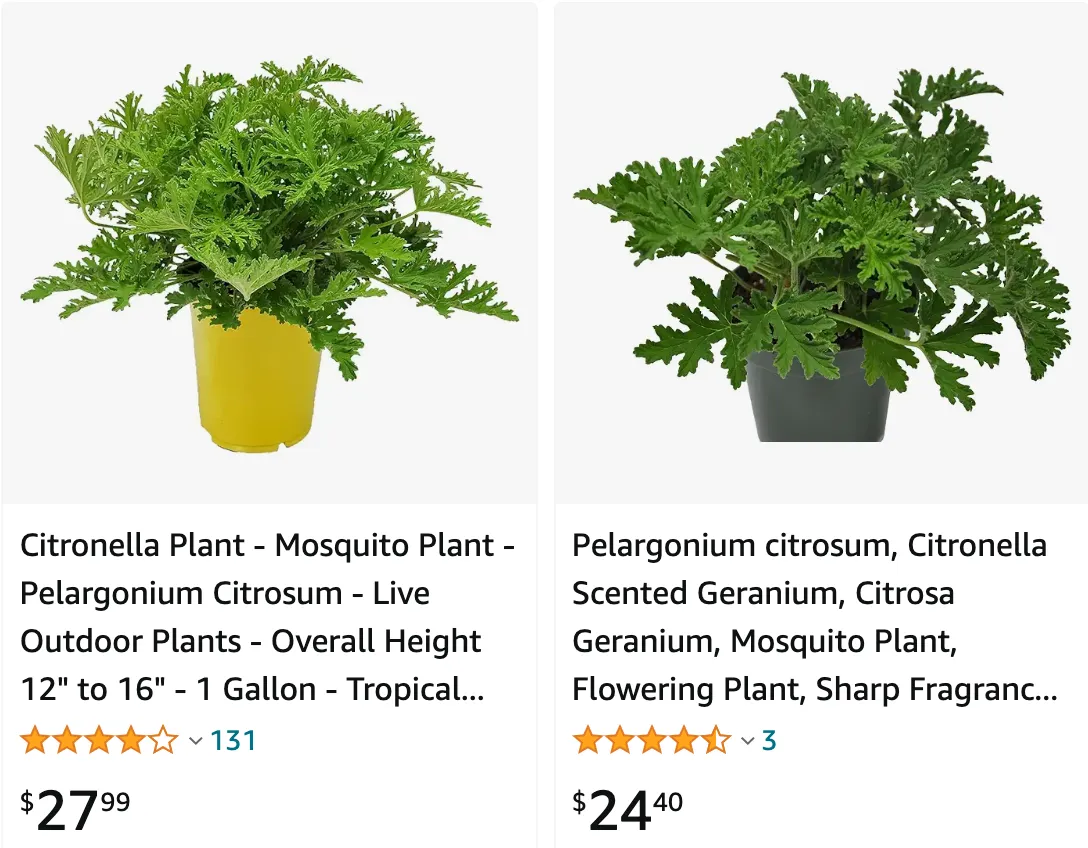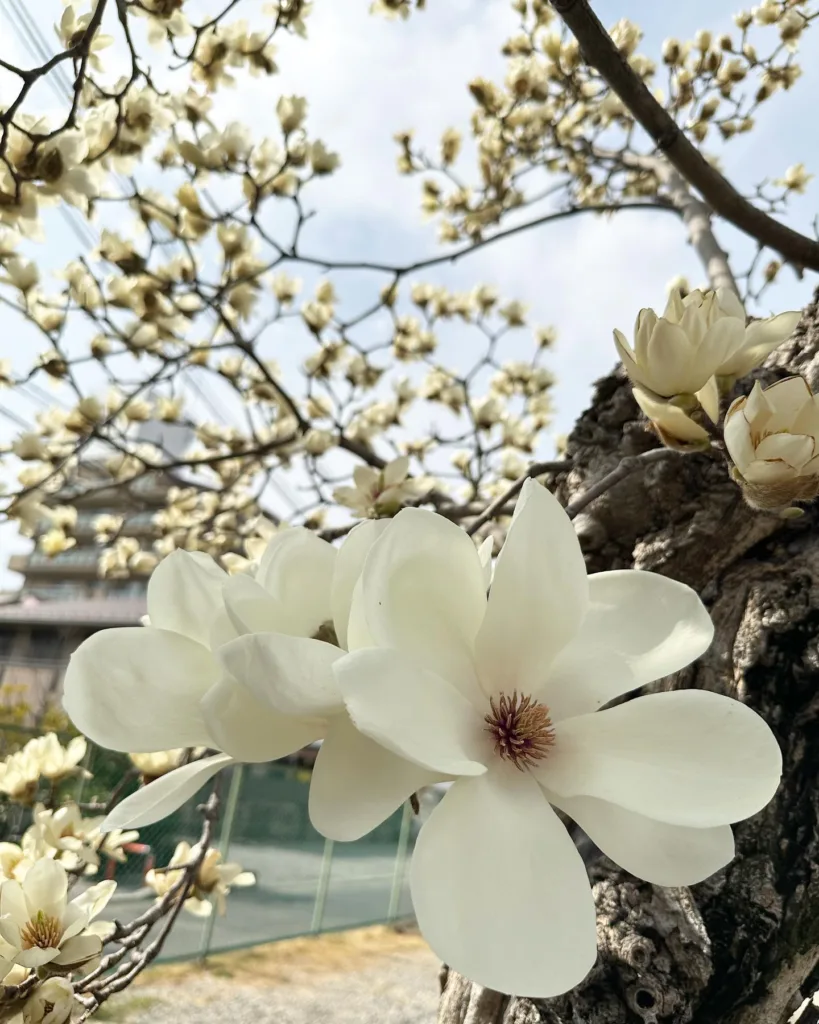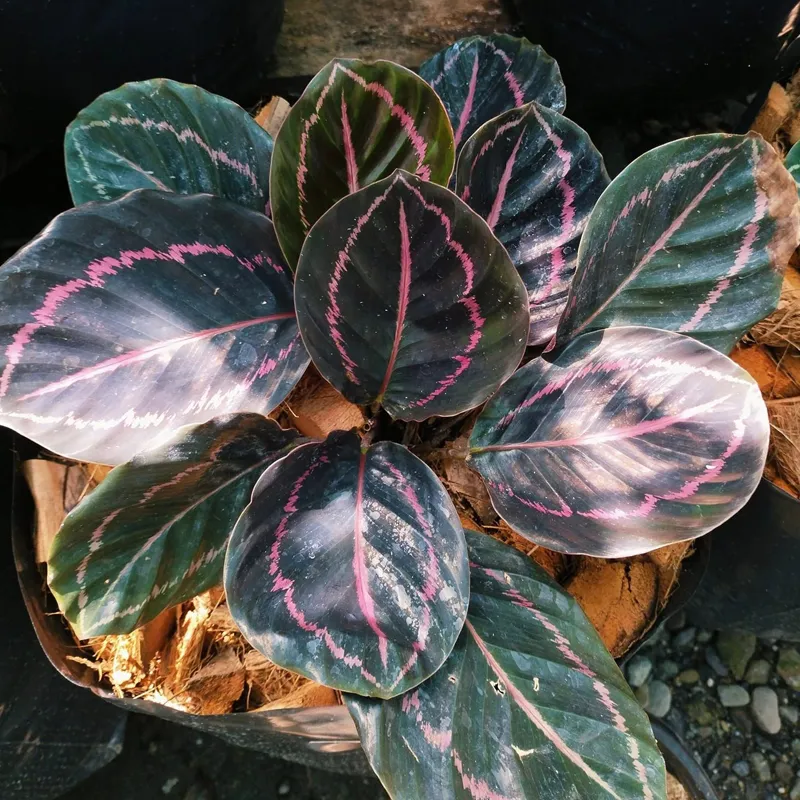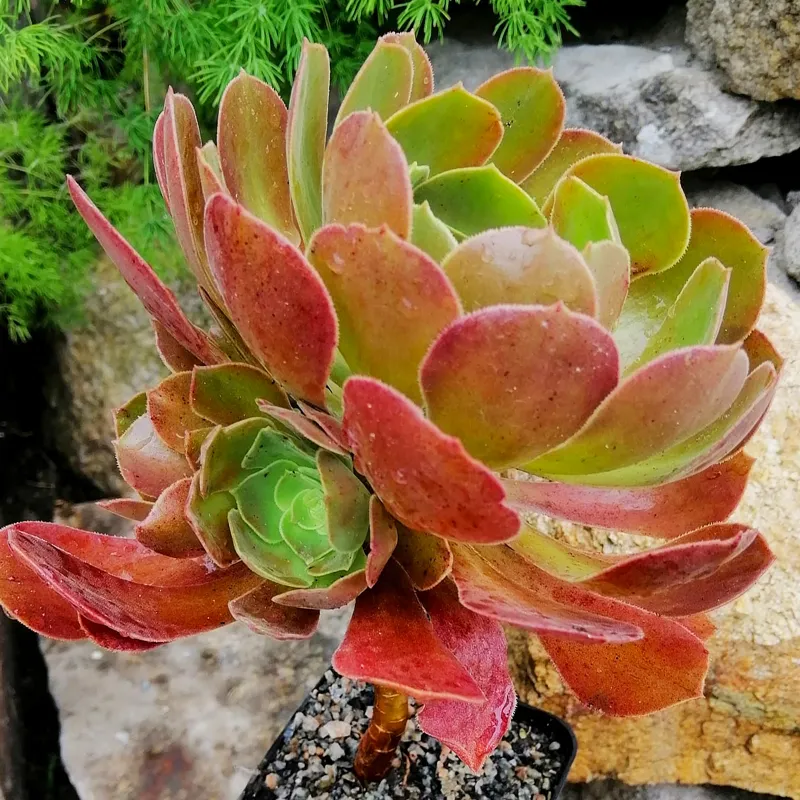
The Alluring Lemon Scent of Pelargonium Citrosum: A Gardener’s Guide
For those seeking a touch of citrusy delight in their garden, look no further than Pelargonium citrosum, also known as the Citronella Geranium. This fragrant gem, a member of the geranium family, boasts not only lovely lemon-scented foliage but also delicate blooms that add a touch of charm to any patio or sunny windowsill.
Having spent countless hours cultivating a variety of plants, I’ve found Pelargonium citrosum to be a rewarding addition to my collection. Its vibrancy and ease of care make it perfect for both seasoned gardeners and enthusiastic beginners. In this guide, I’ll share my experience and knowledge to help you cultivate this delightful plant in your own space.
287 Species in Genus Pelargonium
How to Grow Pelargonium Citrosum?
Sunlight and Location: Pelargonium citrosum thrives in sunshine. Aim for at least 6-8 hours of direct sunlight daily. If planting outdoors, choose a well-drained location. Remember, these plants dislike soggy conditions.
Soil: Opt for a well-draining potting mix for container planting. You can use a commercial mix or create your own by combining potting soil with perlite or sand for added drainage.
Watering: Water your Pelargonium citrosum when the top inch of soil feels dry to the touch. Avoid overwatering, as this can lead to root rot.
Feeding: During the active growing season (spring and summer), a balanced fertilizer diluted to half strength can be applied every two to four weeks. However, Pelargonium citrosum isn’t a heavy feeder, so err on the side of less fertilizer rather than more.
Pinching and Pruning: Regular pinching encourages bushier growth and promotes more flowers. Simply pinch off the growing tips of the stems with your fingers. Pruning can also be done to maintain a desired shape or remove leggy growth.
How to Propagate Pelargonium Citrosum?
Propagating Pelargonium citrosum is a breeze. Here’s how to do it:
- Stem Cuttings: Take stem cuttings from healthy, non-flowering stems in spring or summer. Choose cuttings that are 4-6 inches long with at least a couple of nodes (the bumps where leaves grow). Remove the lower leaves from the cutting.
- Planting: Dip the cut end of the stem in rooting hormone (optional) and plant it in a pot filled with moist, well-draining potting mix. Water lightly and place the pot in a location with bright, indirect sunlight.
- Patience is Key: Keep the soil consistently moist but not soggy. It can take several weeks for roots to develop. Once new growth appears, you can gradually acclimate the new plant to more sunlight.
Is Pelargonium Citrosum Effective as a Mosquito Repellent?
While the name “Citronella Geranium” might suggest strong mosquito-repelling properties, research suggests otherwise. The essential oil found in true citronella grass (Cymbopogon nardus) is what effectively deters mosquitoes. While Pelargonium citrosum does possess a lovely citrus scent, the concentration of mosquito-repelling oil is minimal.
However, don’t let this discourage you! Pelargonium citrosum remains a valuable addition to any garden for its delightful fragrance, attractive blooms, and ease of care.
Additional Tips for Success
- Deadheading: Regularly remove spent flowers to encourage continued blooming.
- Overwintering: In colder climates, Pelargonium citrosum can be brought indoors for the winter. Place it in a sunny location and water sparingly.
- Pests and Diseases: These plants are generally pest and disease resistant. However, keep an eye out for aphids and whiteflies, which can be controlled with insecticidal soap or neem oil spray.
By following these simple guidelines, you can cultivate a thriving Pelargonium citrosum that will fill your garden with its captivating lemon scent and charming presence. So, why not give it a try and add a touch of citrusy magic to your space?
If i die, water my plants!



